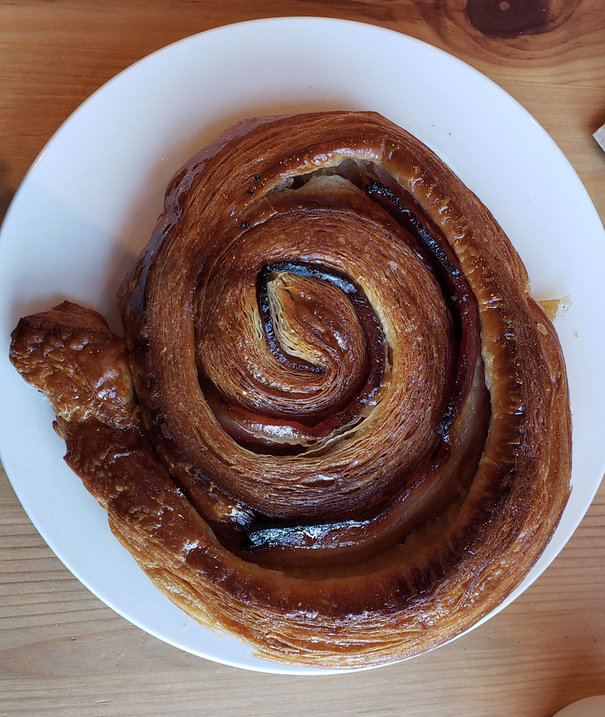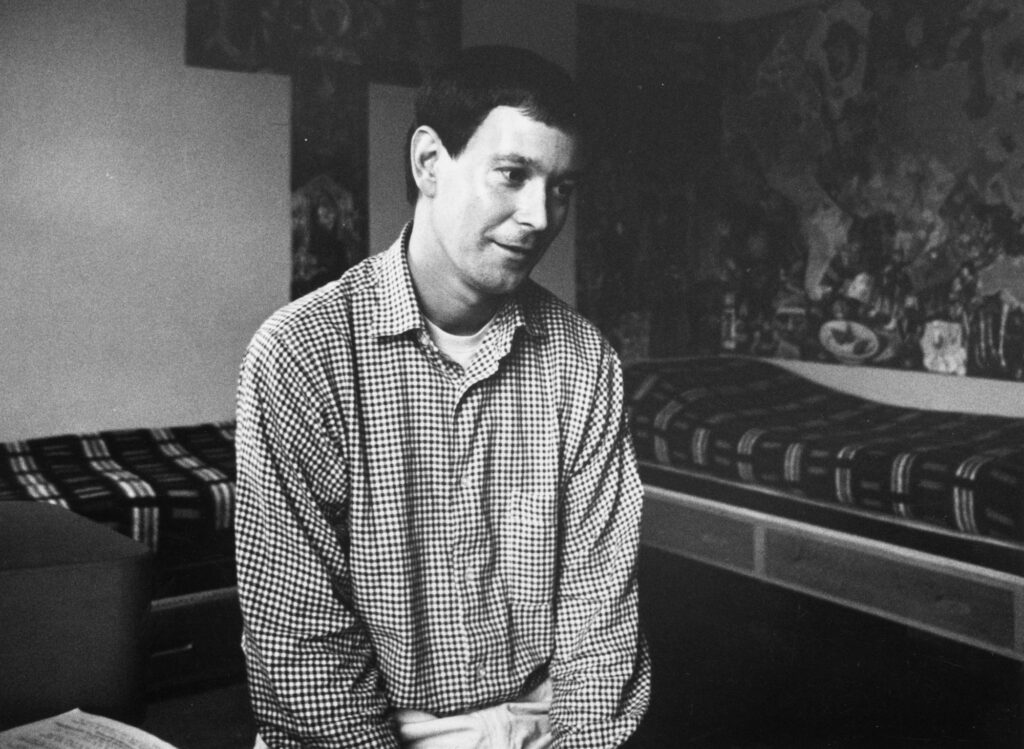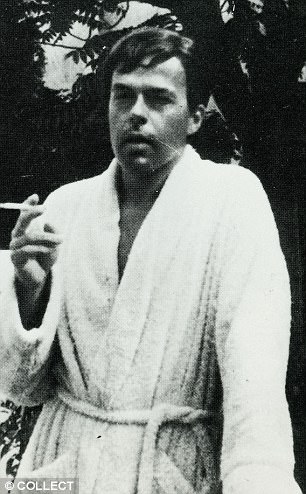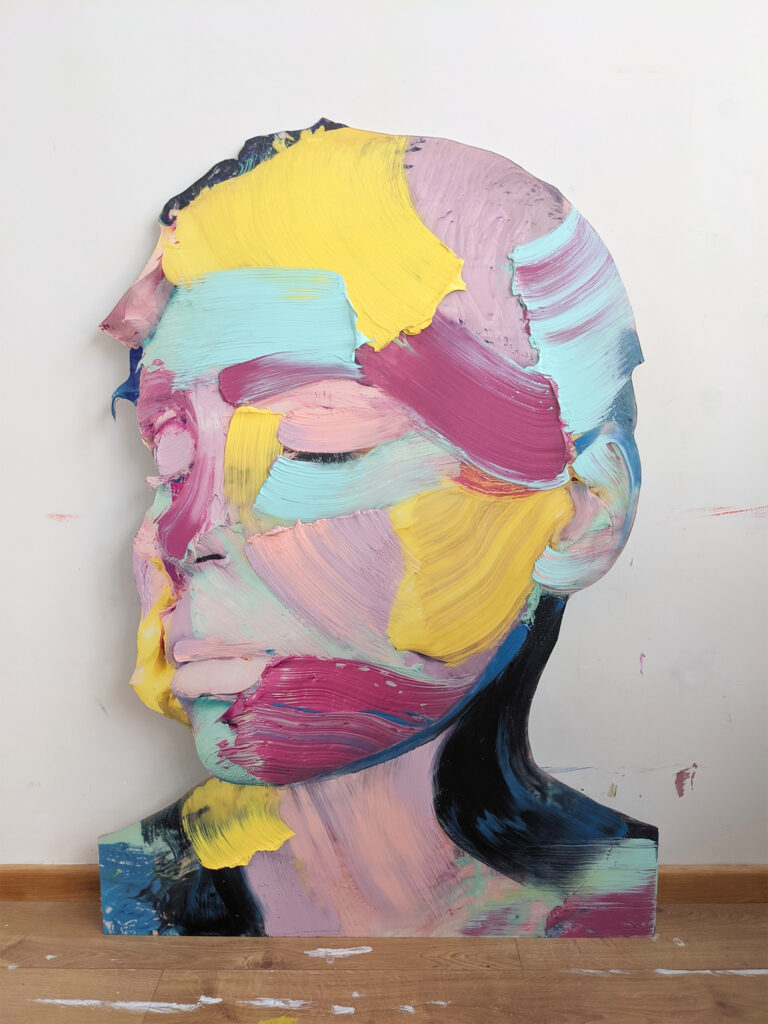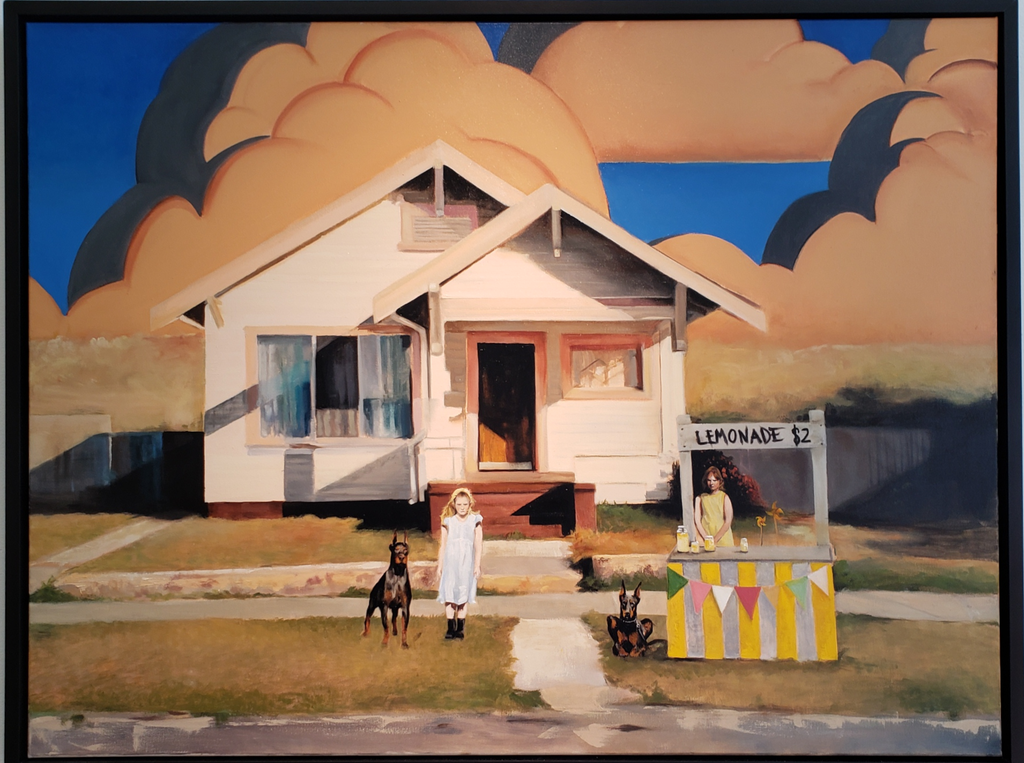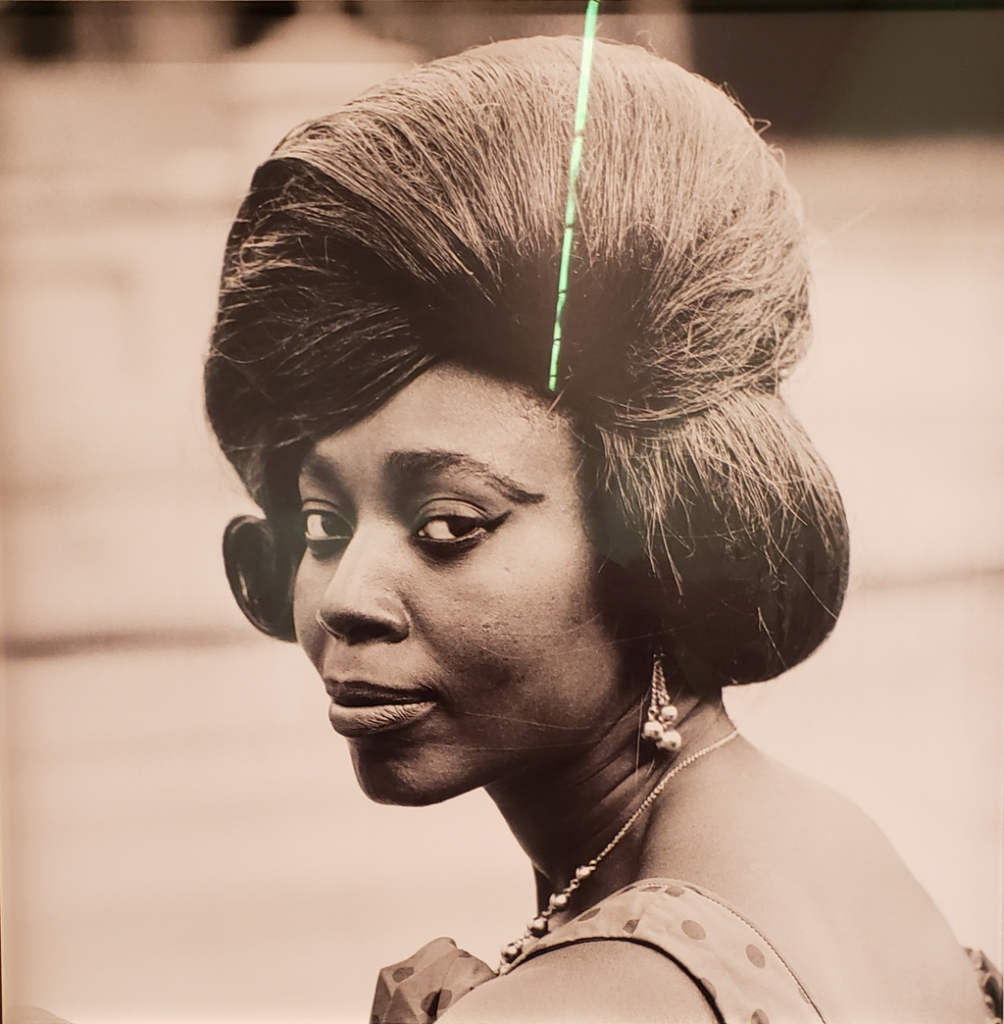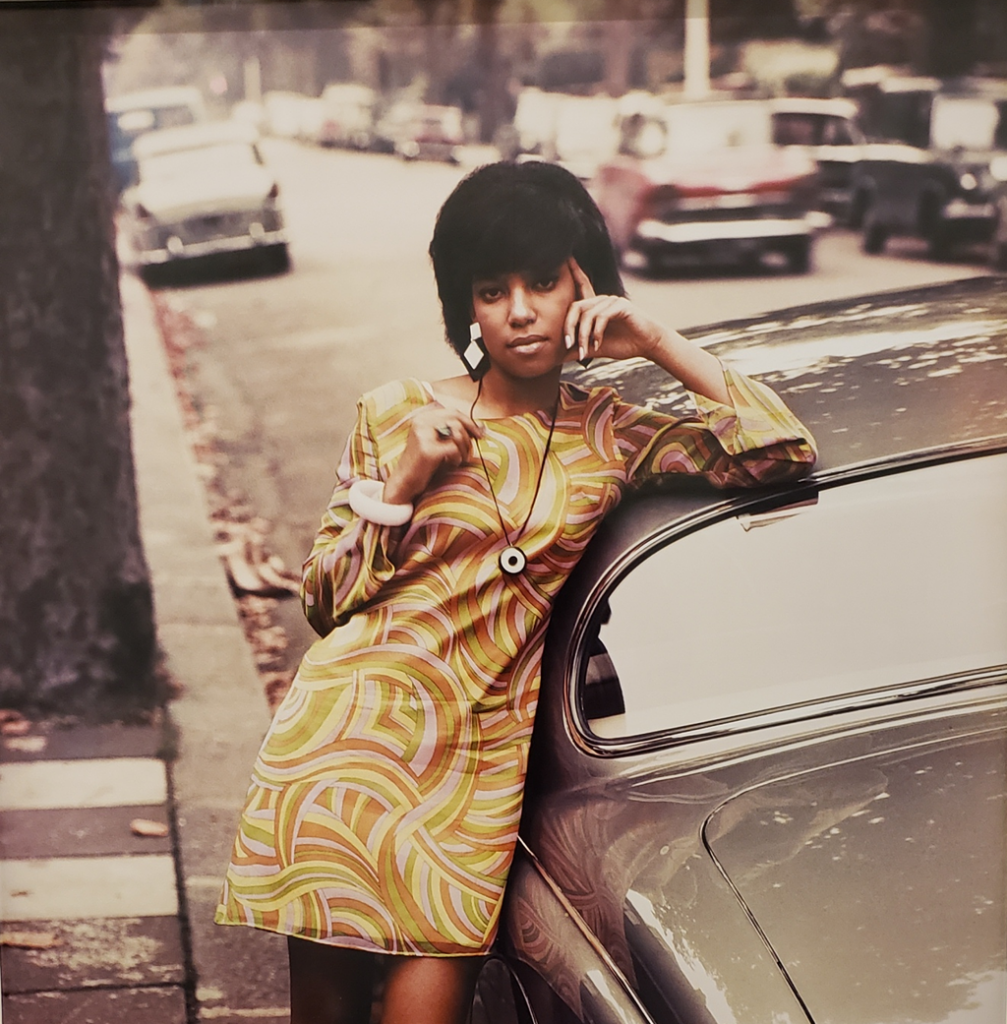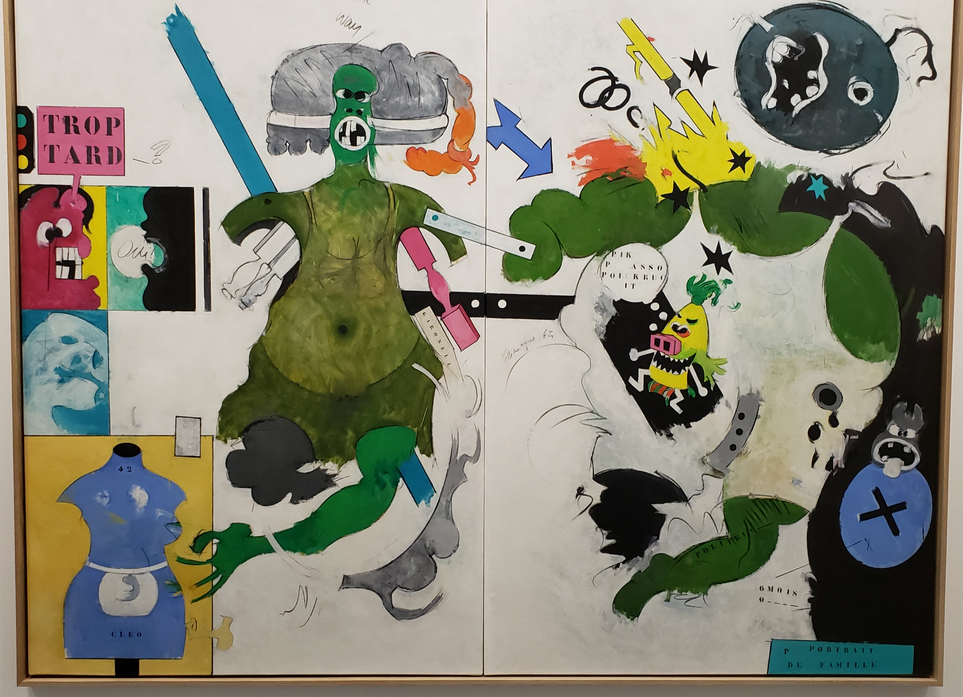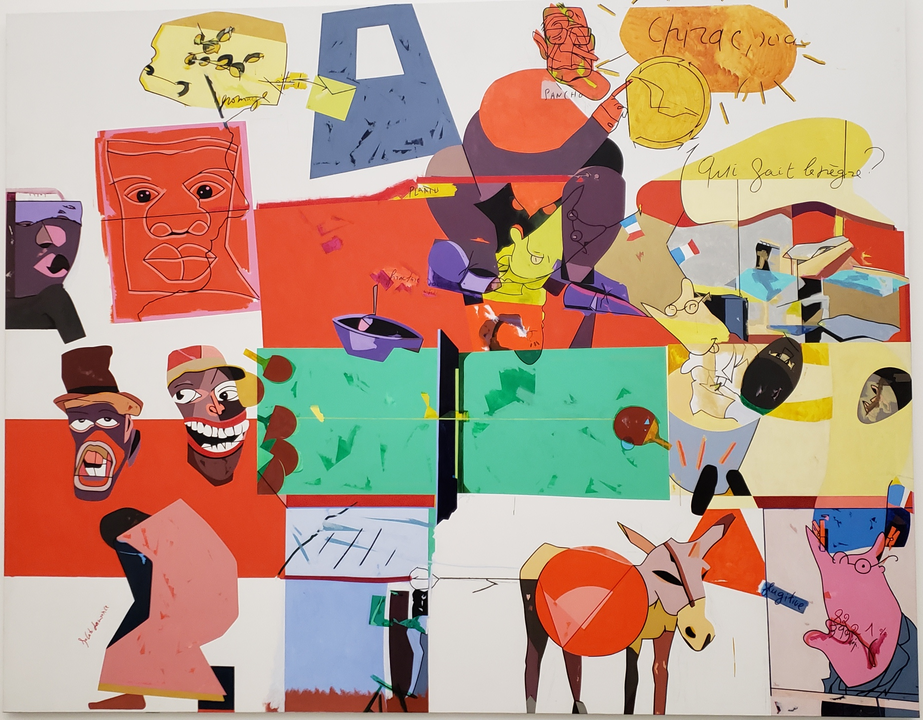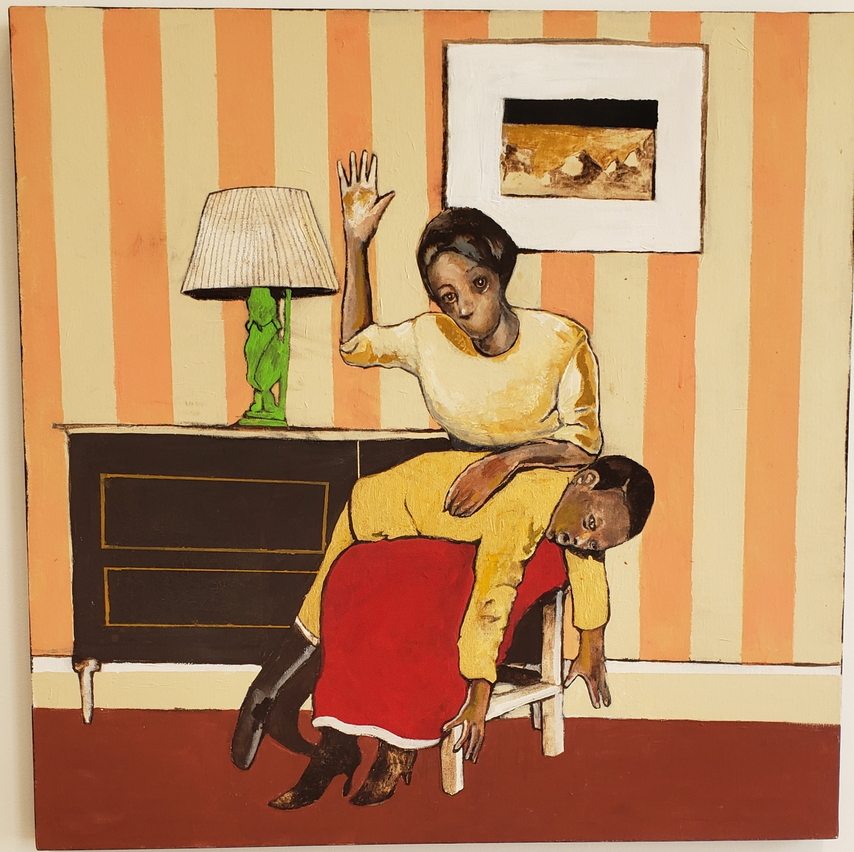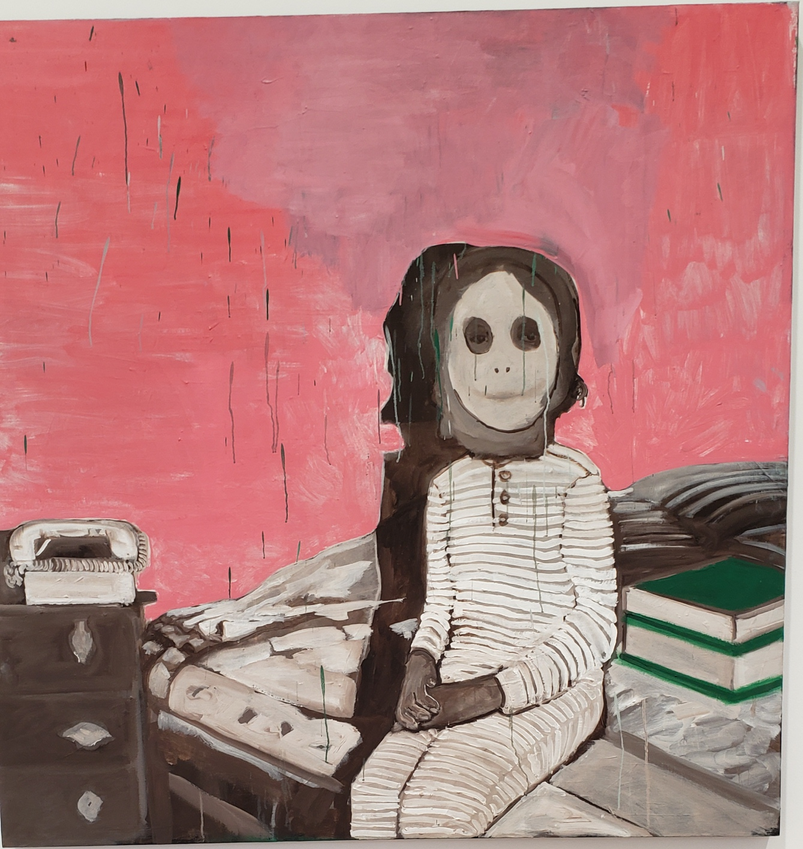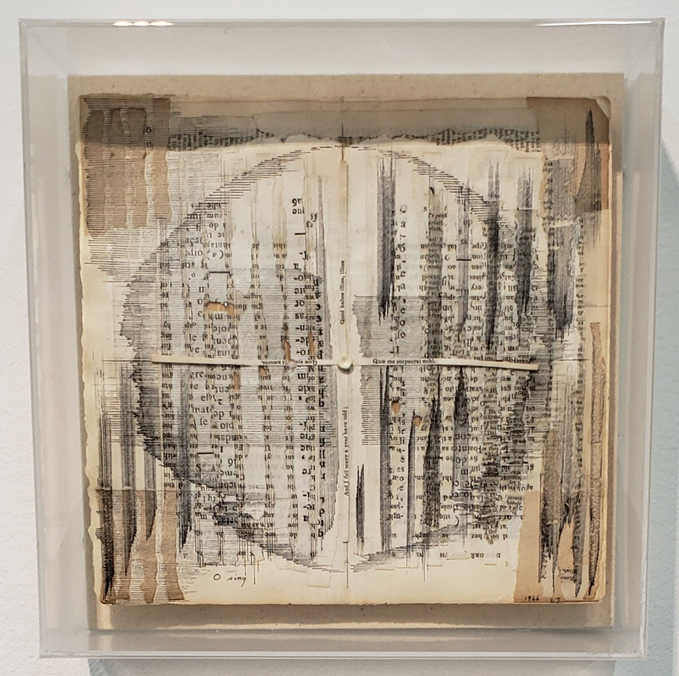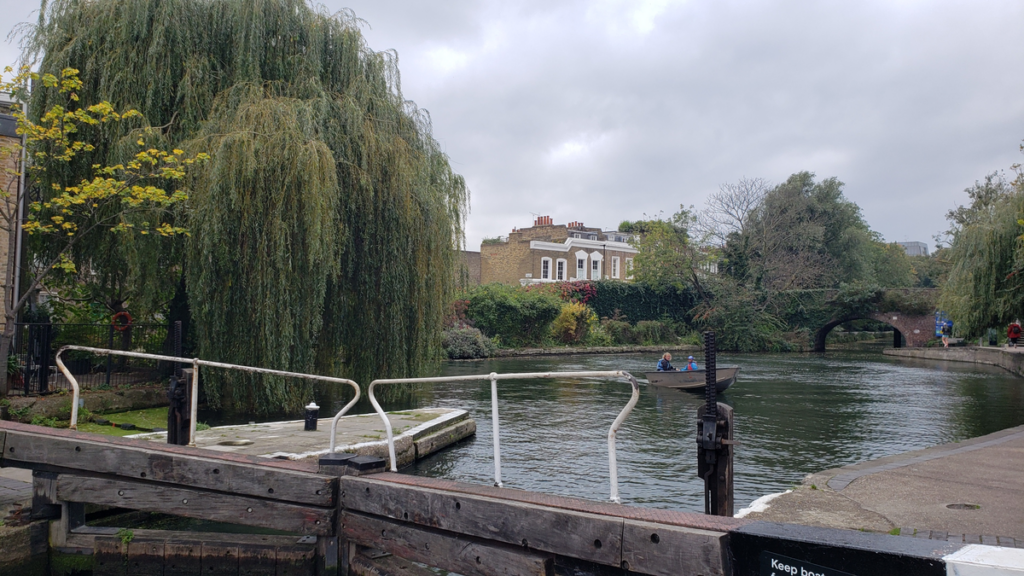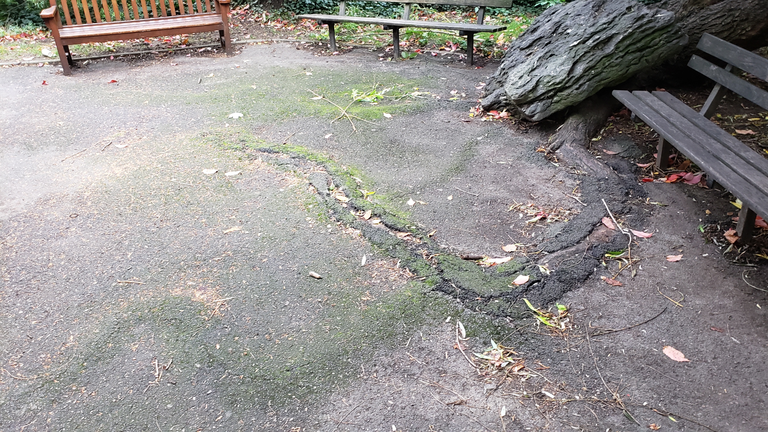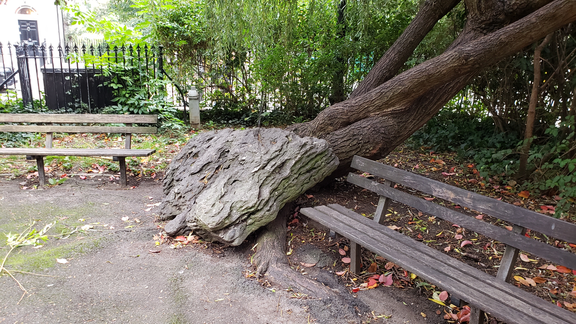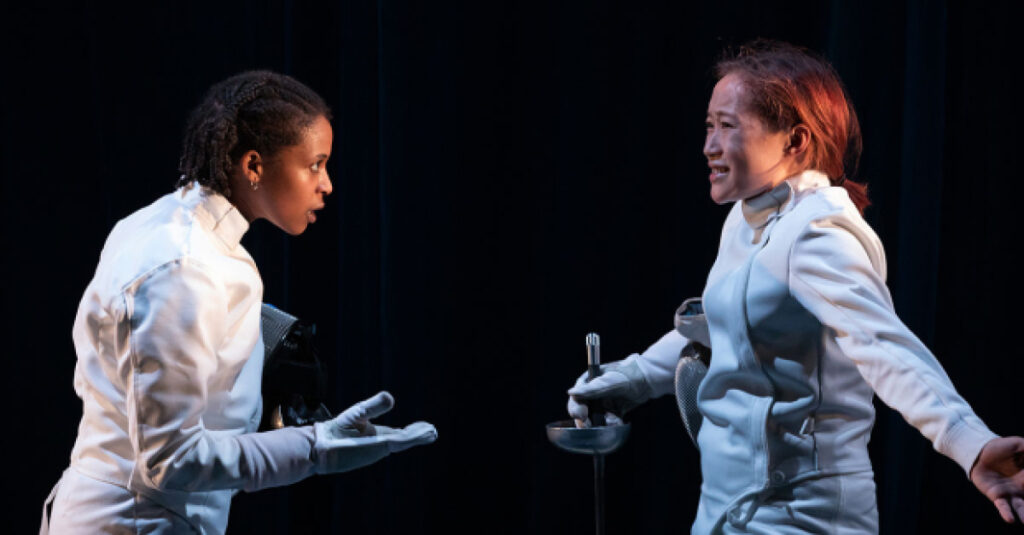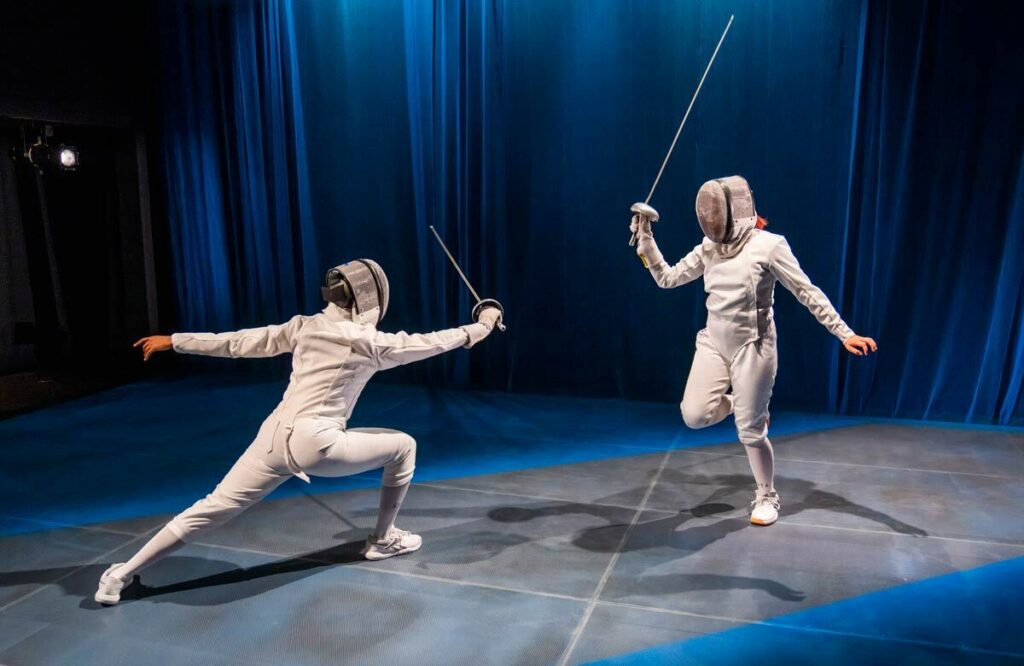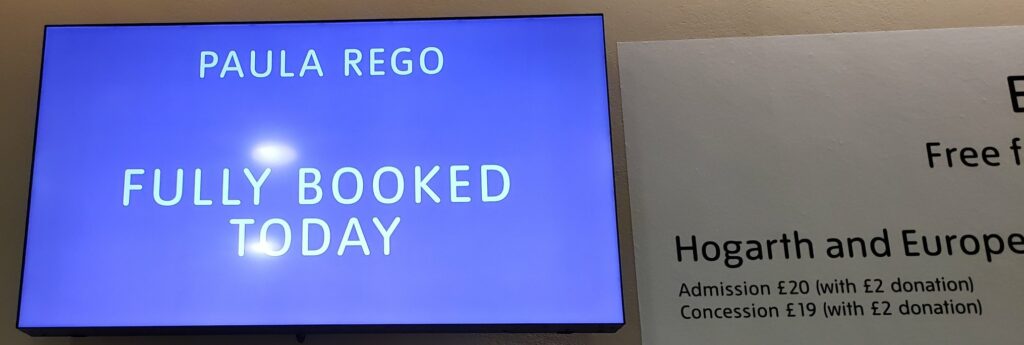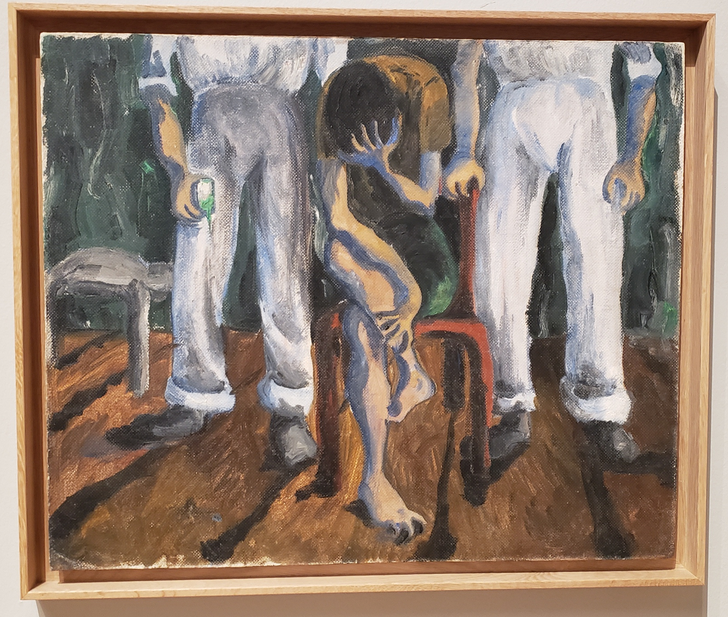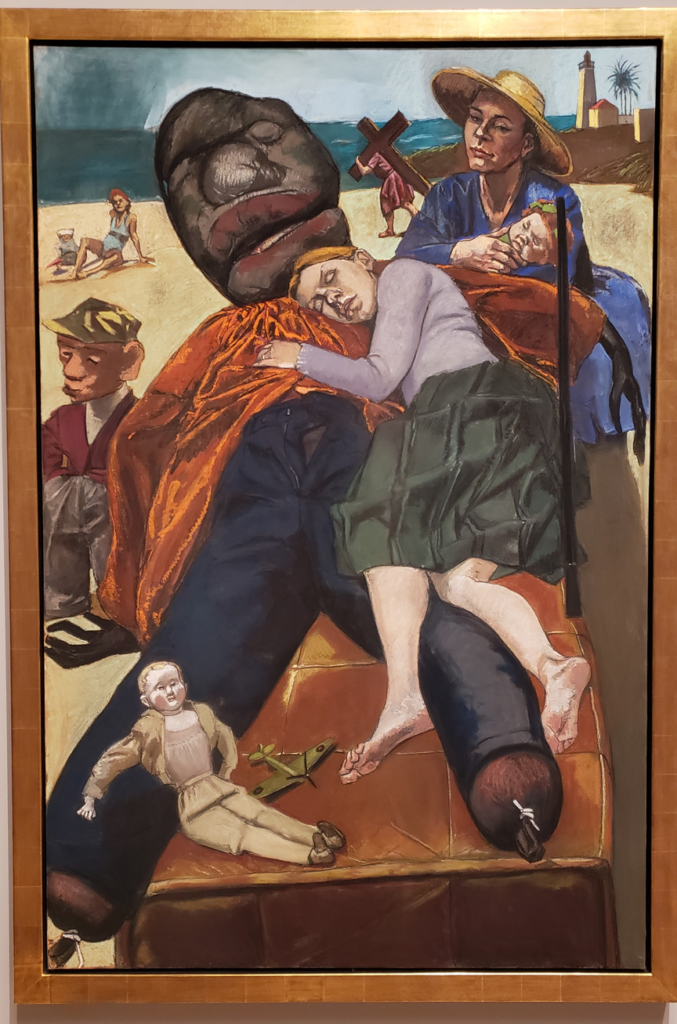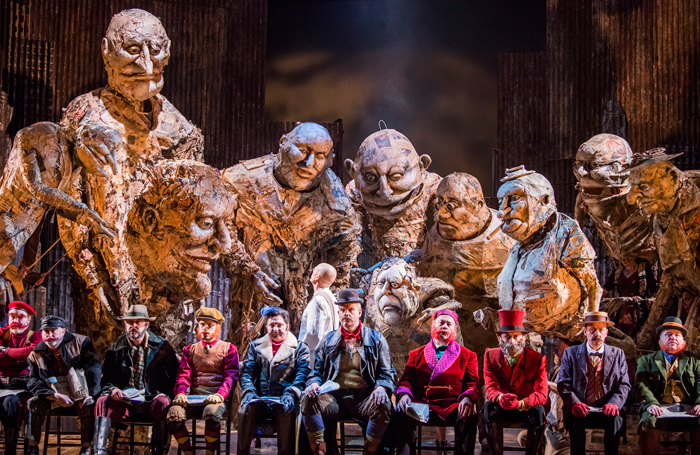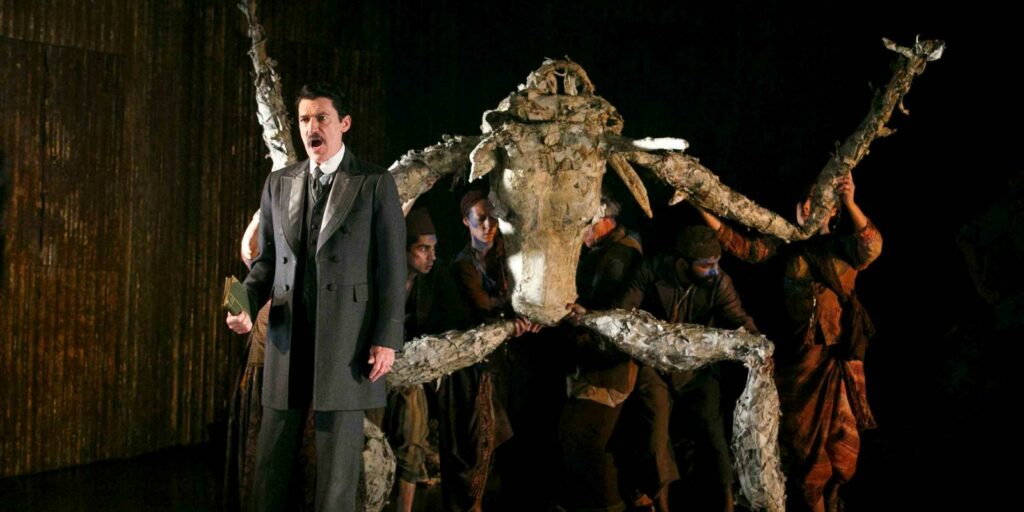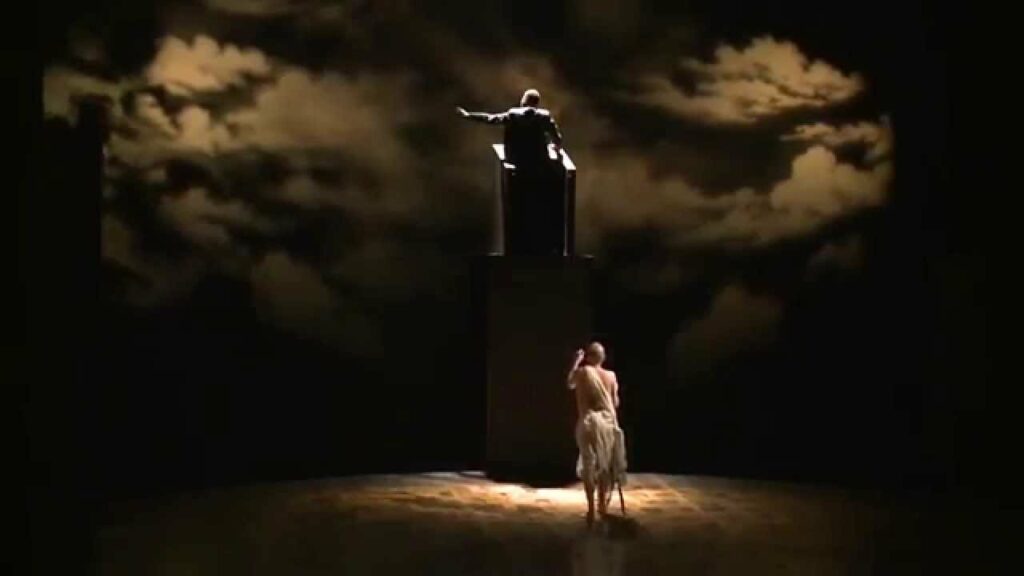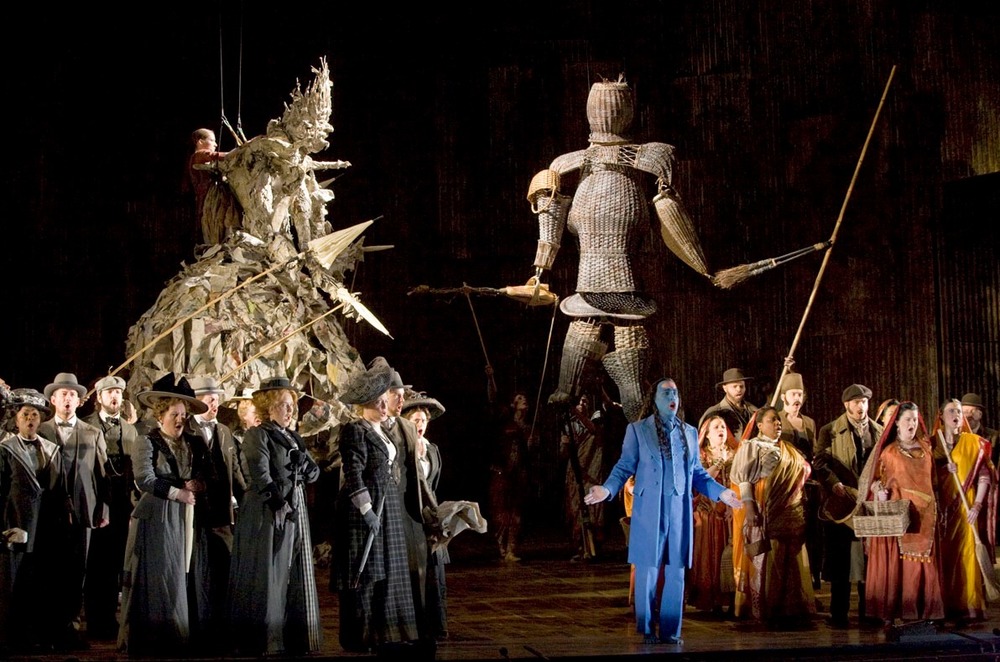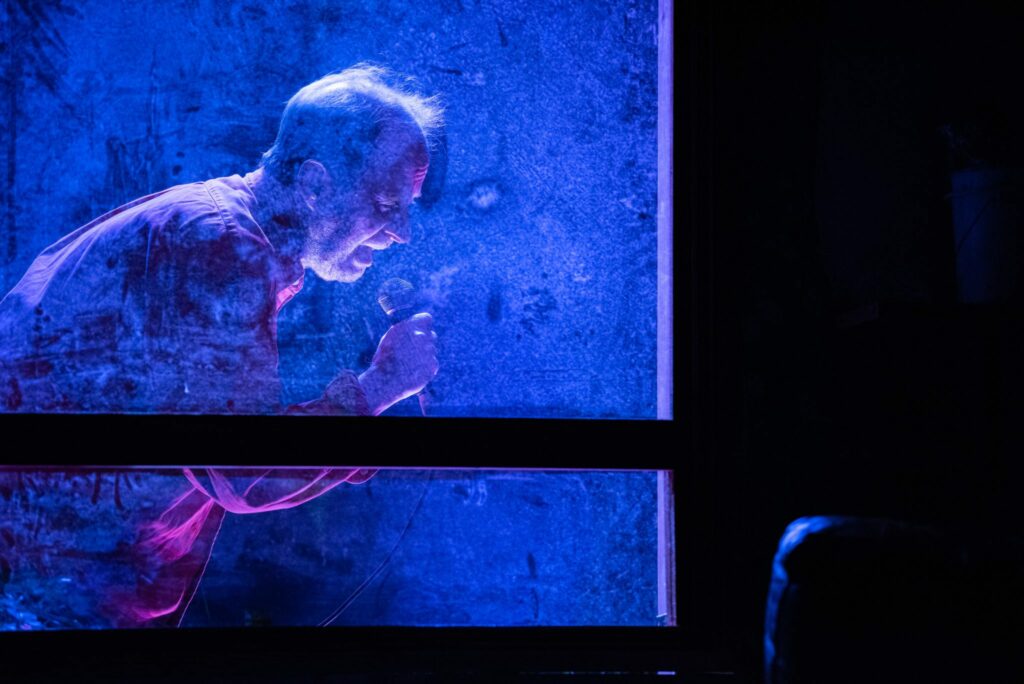
Pawn’s first visit to Arcola Theatre, Ashwin Street in Dalston, was back in 2008, for The Living Unknown Soldier. At the time I was impressed not just by the play, and the performances, which were brilliant, but also by the resourcefulness of the theatre and company. As I wrote then:
A side note, the theatre, Arcola, is a green space, and this show is the first presented, probably in the world, with a zero carbon footprint. The theatre is equipped with a biomass heating system, a fuel-cell power plant and mostly low power LED based theatrical fixtures. It all worked quite well, and I think this is the shape of things to come.
Since then Arcola moved to a new location, nearby, with two performance spaces, a large bar, and a greater impact within the community.
When the pandemic struck, it was illustrative that two of the London theatres quickest to respond were those with the deepest experience with festival settings, Arcola (Grimborn) and Pleasance (Edinburgh). Arcola have built an outdoor venue, in a formerly empty lot just down the street from their main building, erecting a tent with proper stage, lighting, improvised seating. Shipping containers converted into a bar, production suites (lights, sound, etc.), and backstage areas. Proper tech is supported, even including hearing loop technology.
Last night was my first visit to Arcola Outdoor, for Broken Lad, and I can report that for the most part it works and works well. But boy was it cold!
The show, by Robin Hooper, focuses on an aging, fading, comedian, Phil (Patrick Brennan), attempting a comeback in an Islington pub. His longtime fan and devoted enabler, Ned (Adrian McLoughlin), is on hand to buy him beers, talk him up (and, on occasion, down), and keep things moving. Son Josh (Dave Perry), who idolized his dad, despite having been largely abandoned as a boy, and his girlfriend (on and off again), Ria (the brilliant Yasmin Paige), round out the cast. Late in the show, they are joined by Phil’s ex, Josh’s mum, Liz (Carolyn Backhouse).
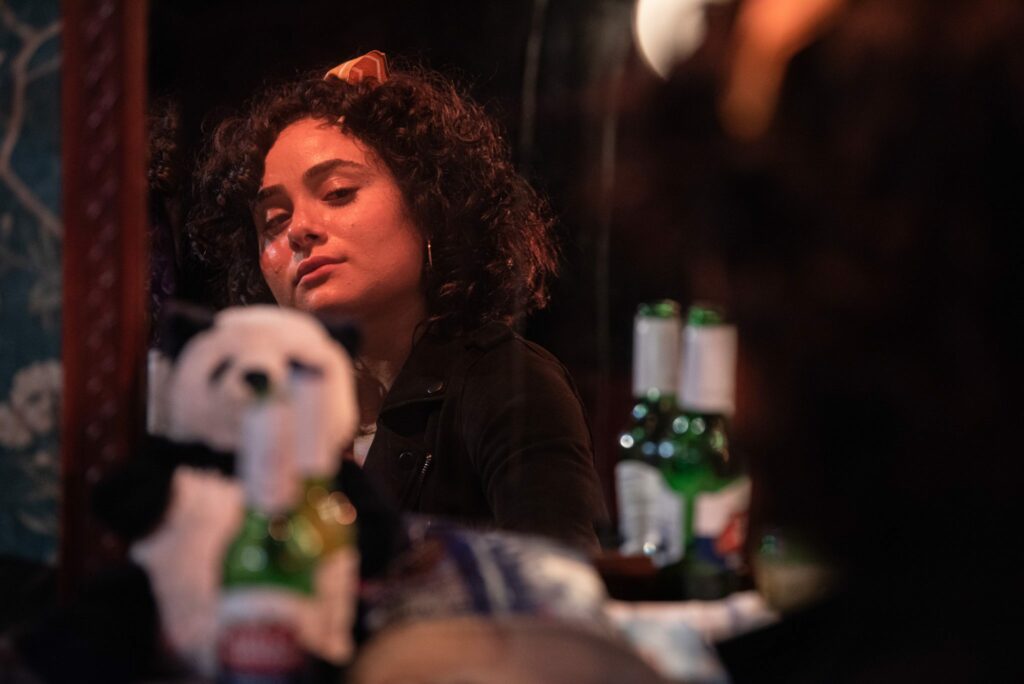
This more than able cast deliver smooth performances despite the occasional bleating of sirens, squeal of tires, or encroachment of myriad other sounds one might expect of a Friday evening in Dalston. This is extraordinary, and likely lost on many in attendance. It’s easy to forget how hard it must be to keep moving, delivering dialogue, when such disturbances are ongoing. But this cast never missed a beat. Easily the smoothest and best acted production I’ve seen on this visit.
The action centres on Phil’s impending return to the stage to try to win back an audience, and a reason for being. He’s pretty much lost it all; his wife & marriage, his career, hist audience, his self respect. He’s got this one shot, fashioned out of the love and support mostly of his family, to try to win it back. Meanwhile he’s demolishing his relationship with his son, hiding incipient health issues, and fighting off his own irrelevance.
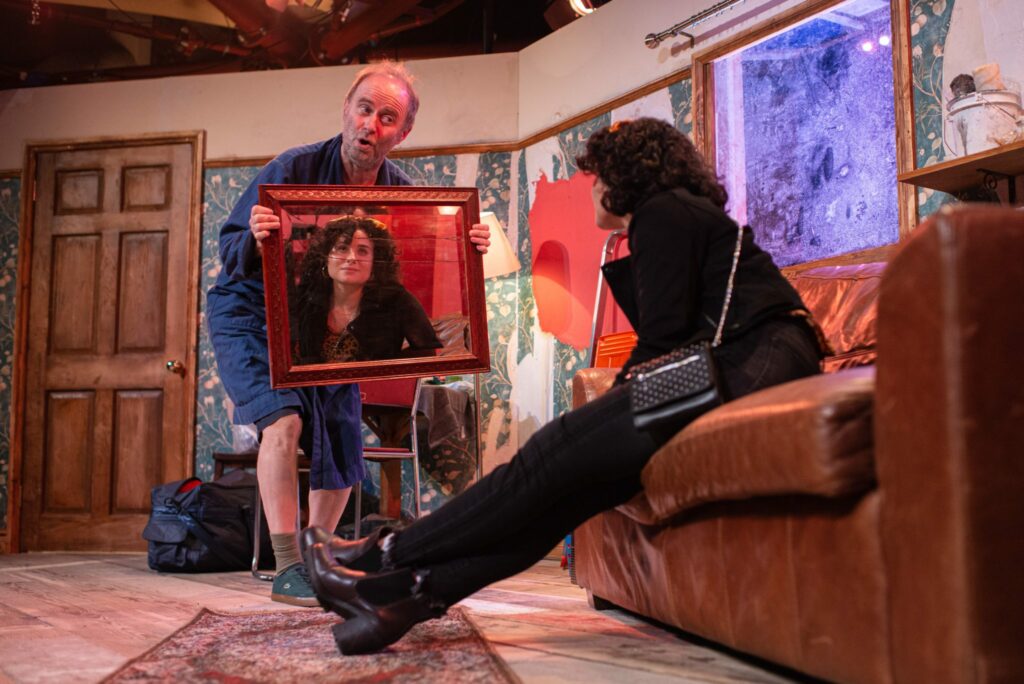
Brennan turns in a top notch performance in the lead, as does Paige as the son’s girlfriend. Ria is the most interesting character to me, given her many layered involvements with various story lines and other characters. Paige plays the part with a mix of ambivalence and concern, always with agency. But her most fraught moments are bound up with a lack of agency, once upon a time, which carries great regret.
This was a very good night of theatre under the most difficult of circumstances, and a rousing success. But I was frozen by the time it was over! Not planning to spend a couple hours sitting outside on a cold night, I hadn’t packed warm enough clothing. What I wore was certainly the warmest I did pack, for which I’m glad, but it was a trial. This is not Arcola’s fault but solely mine. Arcola have outdone themselves, with a great venue. The bar was a welcome treat, the stage much better than one could have hoped for, and the production first class.


